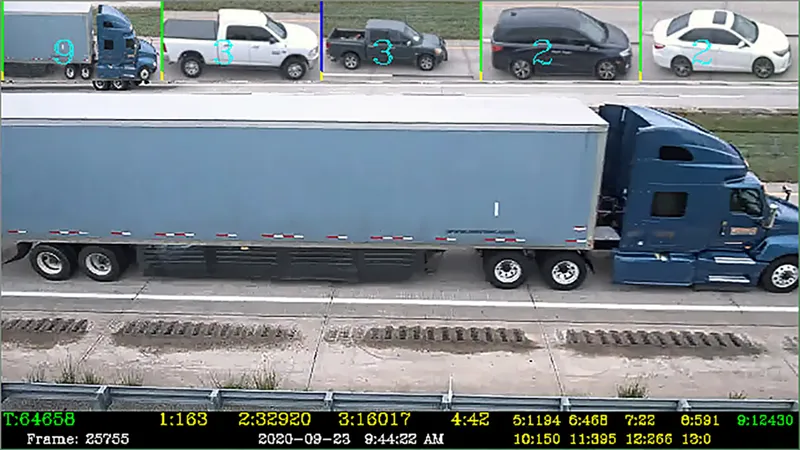The Canton of Neuchâtel in Switzerland has opted for the latest generation of Clearview Traffic’s M680 loop classifier system, following its long-term use of the company’s M660 system.
According to Clearview, the M680 delivers precise, reliable and impressive download data with rapid response times. The system enables data to be classified according to the Swiss10 scheme, the official classification requirement in Switzerland adopted by road authorities through OFROU. With a number of options available t
February 3, 2014
Read time: 1 min
The Canton of Neuchâtel in Switzerland has opted for the latest generation of 557 Clearview Traffic’s M680 loop classifier system, following its long-term use of the company’s M660 system.
According to Clearview, the M680 delivers precise, reliable and impressive download data with rapid response times. The system enables data to be classified according to the Swiss10 scheme, the official classification requirement in Switzerland adopted by road authorities through OFROU. With a number of options available the product can be configured by the systems integrator or the user for most traffic monitoring applications using inductive loops.
The new units will work in tandem with existing M660 units to conduct semi-permanent loop surveys, while the original M660 units will now carry out tube only based surveys.
According to Clearview, the M680 delivers precise, reliable and impressive download data with rapid response times. The system enables data to be classified according to the Swiss10 scheme, the official classification requirement in Switzerland adopted by road authorities through OFROU. With a number of options available the product can be configured by the systems integrator or the user for most traffic monitoring applications using inductive loops.
The new units will work in tandem with existing M660 units to conduct semi-permanent loop surveys, while the original M660 units will now carry out tube only based surveys.









